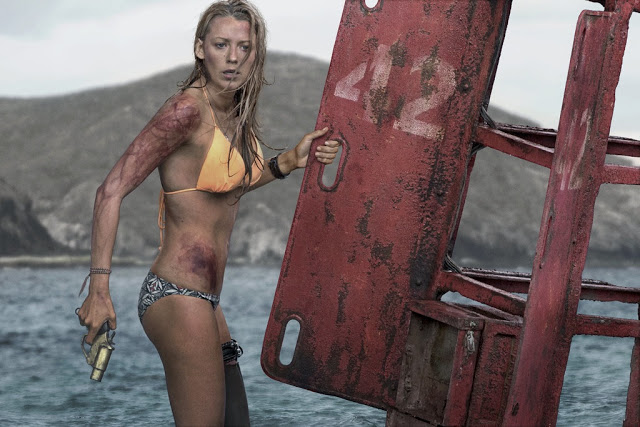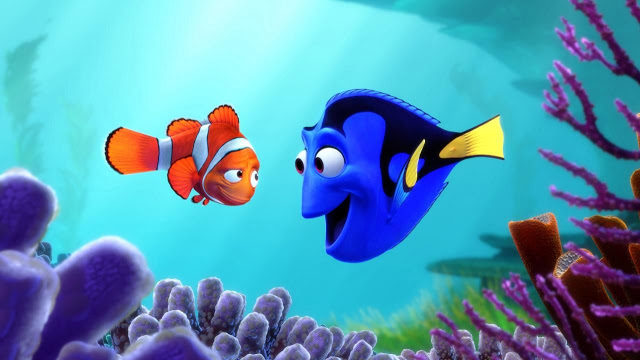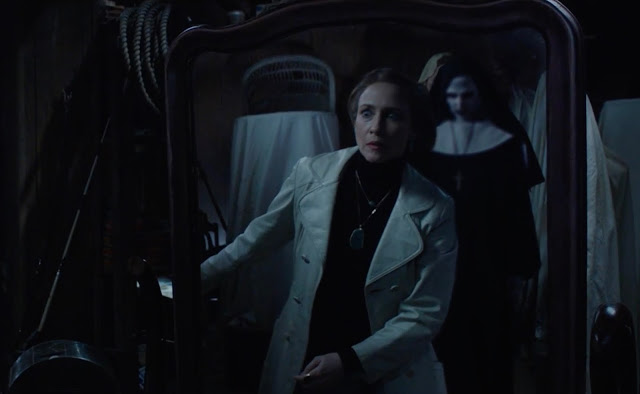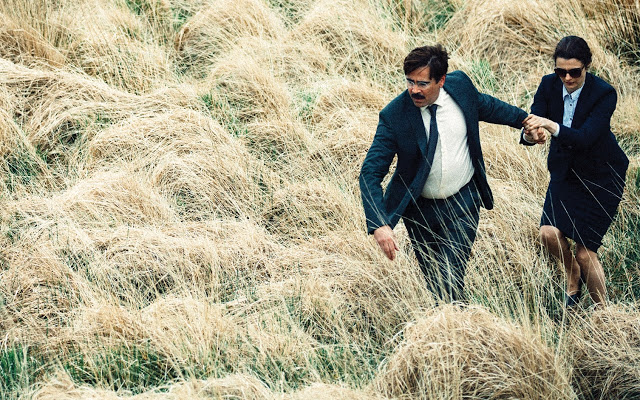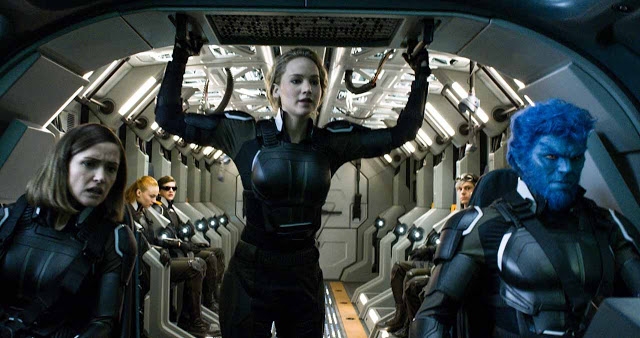The Shallows: The Bold Babe and the Sea
Water, water is everywhere in The Shallows, and there isn’t a drop to drink, though that’s due less to its salt than its color. Not long into this lean, mean thriller from Jaume Collet-Serra, the tranquil blue of the sea’s waves gets stained with blood, and a peaceful getaway transforms into a harrowing struggle of survival. It never becomes anything more than that, but that’s part of its charm. The Shallows may lack the towering ambition of Gravity or the scrupulous minimalism of All Is Lost, but its gritty flair and appealing star nevertheless make it a worthy entrant in the “man vs. nature” canon. At the very least, it will have you thinking twice the next time you consider wading into the water.
Not that The Shallows‘ opening act is particularly frightening; in fact, if you ignore the scary tone-setting prologue, it’s positively idyllic. Our protagonist is Nancy (a revelatory Blake Lively), a medical student journeying to a secluded Mexican beach that her mother once told her about. It’s as advertised, with golden sand leading into a majestic gulf whose giant waves render this isolated inlet a surfer’s paradise. Read More

